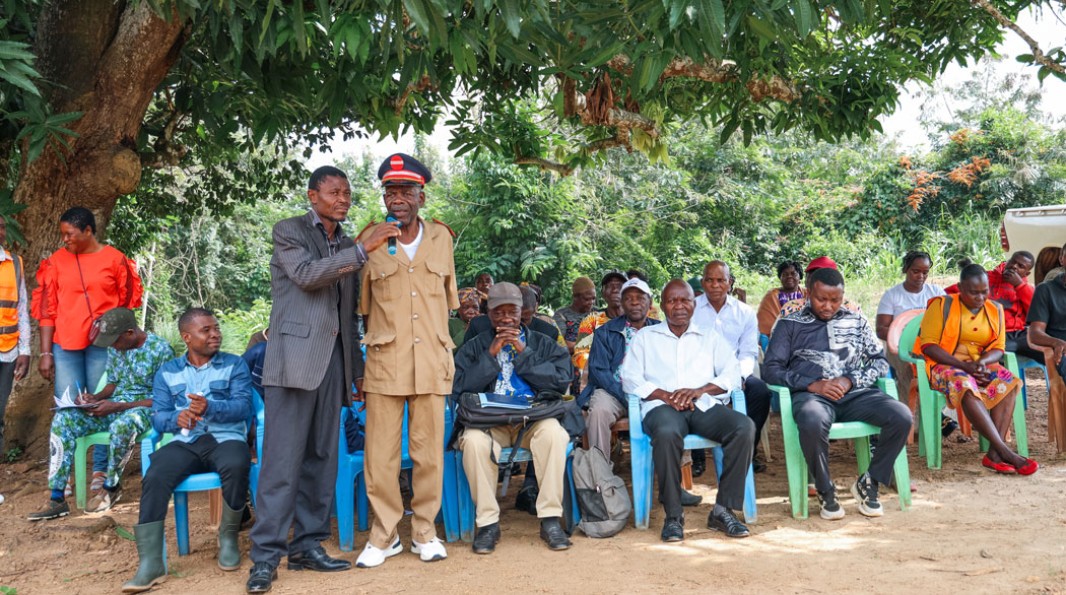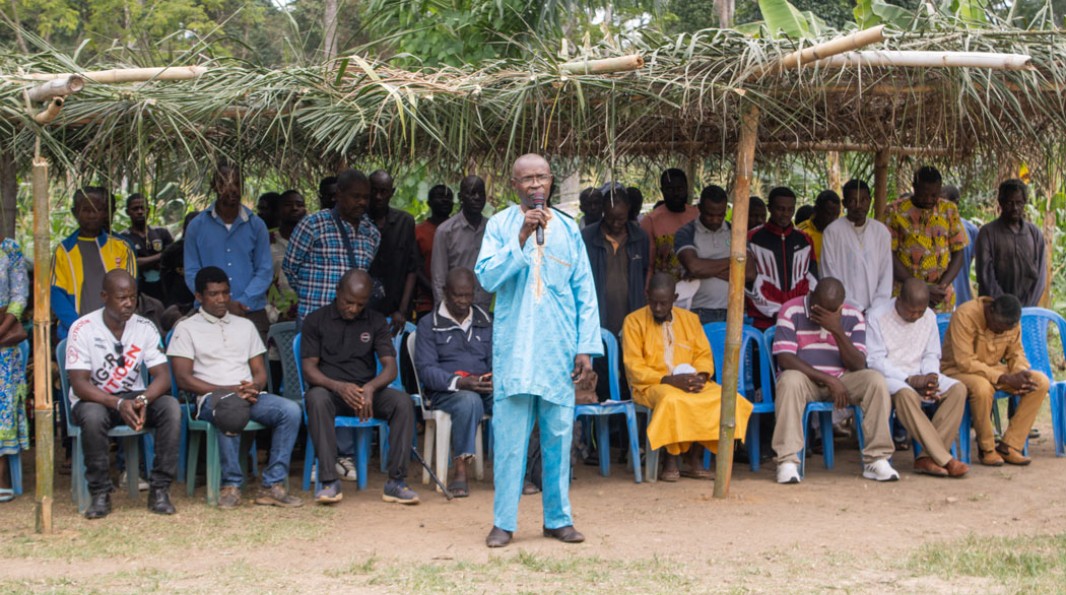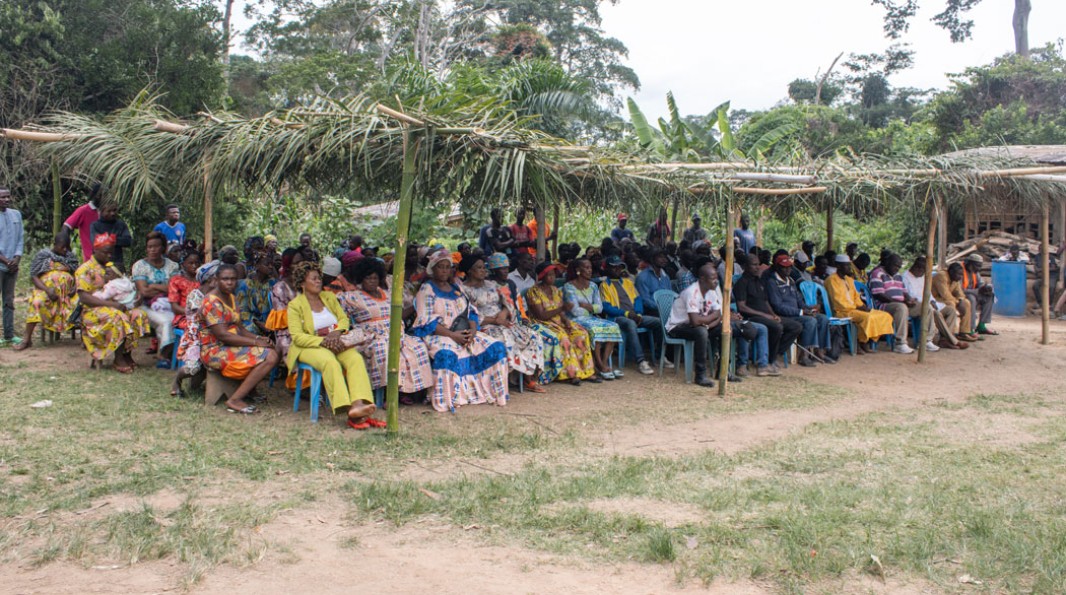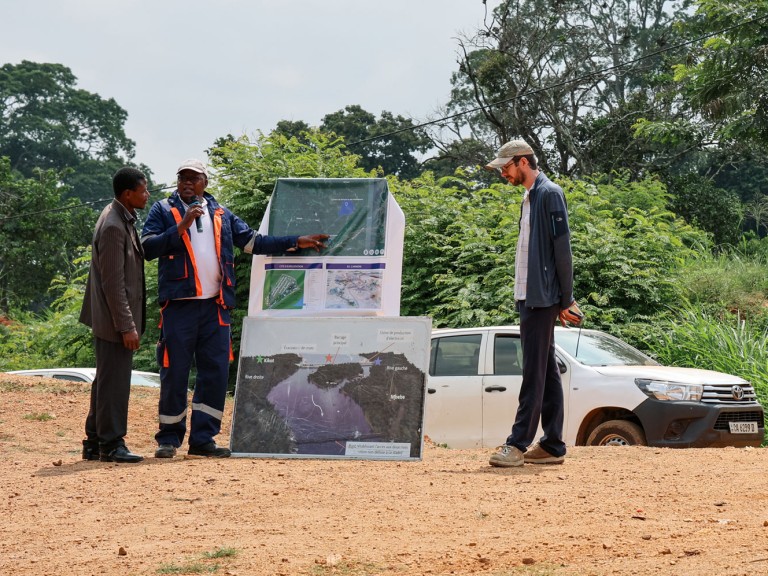On July 15 and 16, 2025, pivotal awareness meetings were held in the Nyong-et-Kellé and Sanaga-Maritime departments, marking a crucial step in the land acquisition phase for the implementation of the Kikot-Mbebe Hydroelectric Development Project. Presided over by the prefects of these departments in their respective jurisdictions, these public meetings aimed to present Declaration of Public Utility (DUP) No. 01307/MINDCAF/SG/D1/MPA dated June 12, 2025, pertaining to the bypass roads and the operational base (CITEX), which includes the Binoum quarry site as the exclusive source of aggregates for the project. The meetings also detailed the role of the Fact-Finding and Assessment Commissions (CCE) responsible for the process leading to the compensation of affected persons.
During their tours, the prefects of Nyong-et-Kellé and Sanaga-Maritime explained the composition of the CCEs. In this regard, an operational schedule was unveiled, indicating that property assessments and valuation exercises will commence in the coming weeks. The villages directly affected by this DUP include, in Nyong-et-Kellé: Somakai, Nkong-Mango, Tombi, and Mbebe; and in Sanaga-Maritime: Kikot, Ndomndjengue I, and Binoum.
In each of these villages, KHPC teams provided a condensed technical presentation of the relevant DUP and the planned structures. First, it was explained that the DUP serves a strategic interest within the overall configuration of the hydroelectric development. The bypass roads will be constructed to replace existing routes that will either be blocked during construction work or submerged by the reservoir. Their alignments, illustrated through large-scale maps provided to the communities, were justified by the need to minimize local disruptions while maintaining the flow of people and goods. The second part of the presentation focused on related infrastructure, including the new bridge over the Sanaga River, future intersections to be built at Tombi and Mbebe, and the CITEX, with an emphasis on their socio-economic impacts.
The lively discussions allowed community members to question the team about the practical consequences for their activities and, at times, to voice their grievances. To ensure accessibility, the entire presentation was translated into local languages. These meetings mark the transition to the operational phase by finalizing the legal framework before the commencement of construction work.



